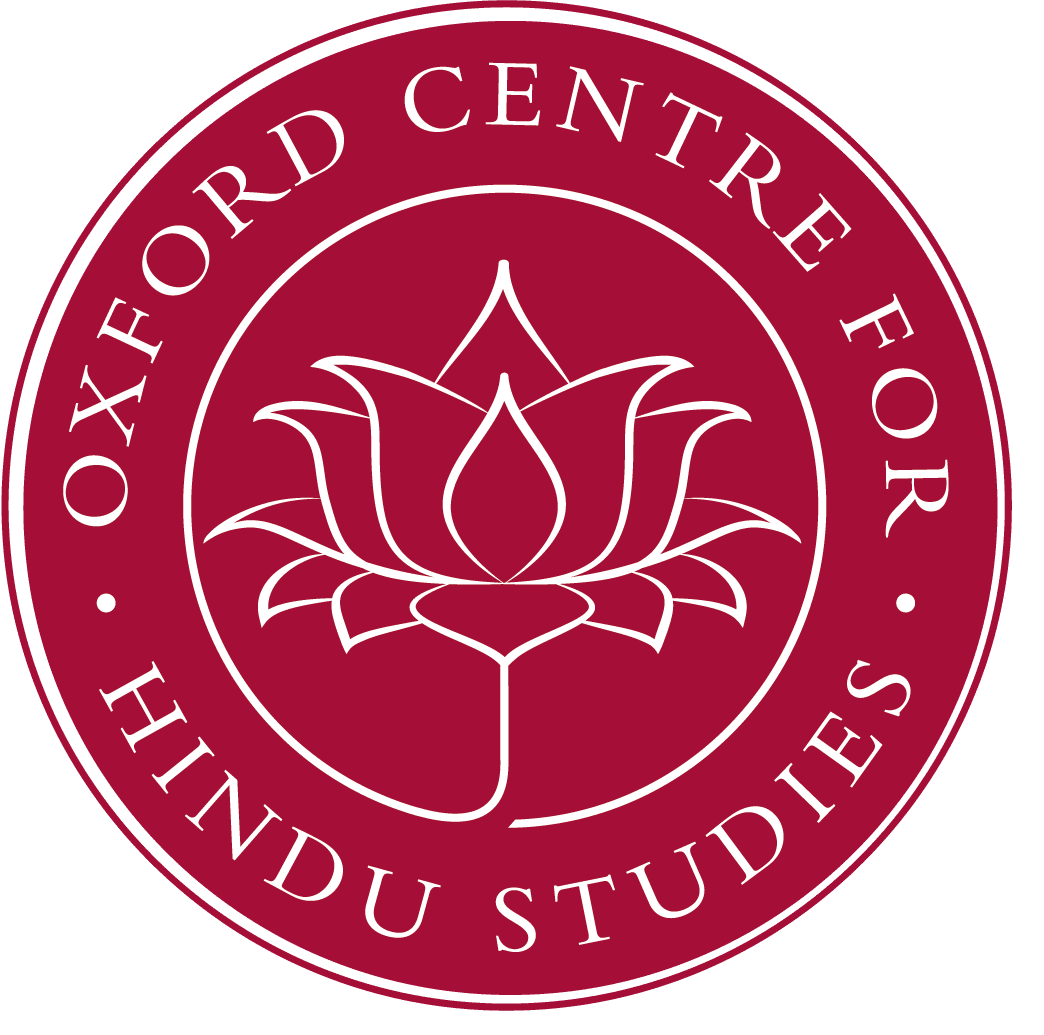Session 19 of the 2007 Shivdasani Conference.
My paper will consider the relationship of dance, in this case, Odissi, and archaeology, here represented by the two archaeological temple sites of Konarak and Hirapur, in Orissa, where the dance performance I will be discussing was filmed. What is foregrounded here is the use we make of archaeological sites and of dance performance in our project of re-imagining history and re-imagining the past.
Odissi is one of the recognised classical dances of contemporary India, said to have originated from the ritualistic and age old dance and singing practices of the maharis (temple dancers), attached to the temple of Lord Jagannath at Puri until as late as the early 1960s. The history of Odissi is however complex. It really evolved from the 1940s theatre performances of Cuttack, in Orissa, and it incorporated different performance streams. Turning Odissi into a classical dance form was not a unique phenomenon, it was part of a broader process of classicization and concomitant modernization of Indian dance, of which Odissi was only a chapter. There are different forms of Odissi, some of which are regarded as ‘transgressive’ – by which I mean transgressive of its reconstituted canon – and to a great extent are seen as antagonistic to the very principles of classicism invoked for Odissi as a form, such as the softness and femininity of the dance.
One of such transgressive forms is the Odissi reimagined by Guru Surendranath Jena. I was intrigued by the way he had reimagined Odissi out of his engagement with two temple sites which seem to have sustained the whole of his choreographic output: the Sun Temple at Konarak, a temple complex which is now an archaeological park, and the sixty-four yogini temple at Hirapur. The relationship with Konarak helps to situate Guru Jena’s dance making within the contemporary Indian classical dance discourse but the Hirapur connection has a peculiarity of its own and it is the performance filmed at Hirapur that I interpret as being of major significance. I asked Guru Jena’s eldest daughter, Pratibha, to perform there the dance piece inspired by the site, the ‘Sakti Rupa Yogini’. To witness that performance was an extraordinary experience, which opens up a new understanding of the relationship between dance in India and Indian temples, going beyond stereotypical notions of sculpturesque poses. What we see in the film shows how through the choreography the site is animated, breathing life into the imagery of the powerful yoginis, reactivating the defunct practices of worship of their ancient cults. The dance performance, which took place at Hirapur was not an established ritual nor a locally recognized performative tradition; informed by the synchretic vision of the choreographer, Guru Surendranath Jena it resonated with the local villagers. What comes out of this film is the idea that choreographed movement seems to be vital to imagine the mobile forces that were at work at archaeological sites such as Hirapur, rendered still and turned into an artefact in the present – such sites, it should be noted, are not officially in worship. Taking dance to Hirapur has showed that opening sites up to performers might be yet a further way to contextualise humanity: far from suggesting re-enactments, I am envisaging the use of choreography and performance as an interpretive tool, conducive to an intellectual, aesthetic and emotional engagement with the archaeological site. The project of re-imagining from the perspective of today enriches our lives by suggesting alternative ways of conceptualizing the place of art and life activity in society and the relationship between them, avoiding the projection of the past as an immobile moment.
